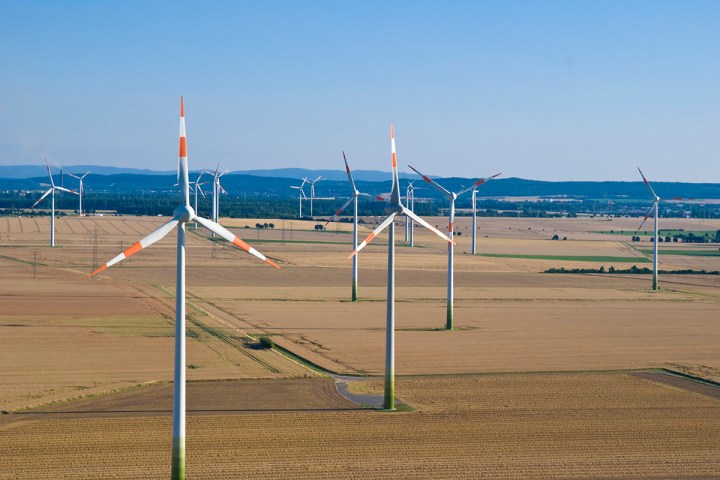
At around 1:00 PM on Sunday afternoon, Germany’s energy consumption was 63 GW, according to data from the German clean energy think tank Agora Energiewende. Meanwhile, renewable energy plants generated 55 GW – over 87 percent of the country’s total consumption.
Though Germany has an ambitious renewables program, the country doesn’t yet have an infrastructure capable of responding to this level of renewable energy production in a timely manner. Prices indicated that conventional power plants should slow their energy production, but only gas power plants managed to shut down. Coal and nuclear plants couldn’t stop in time and ended up generating more energy than the entire country needed. As a result, industrial customers made money by simply consuming electricity, according to Quartz. The incident was in no way a disaster, but it does highlight some of the struggles involved in adopting renewable energy.
Germany isn’t the first country to experience this kind of energy surplus issue, though. Countries like Costa Rica, Norway, Iceland, and Austria now produce most –if not all– of their electricity from renewable sources. Though not completely carbon free, Denmark has had days in which its wind turbines generated up to 140% of the country’s energy needs. In these cases, the Scandinavian nation exports extra energy to its neighbors.
Meanwhile, Sunday’s 87 percent was a record for Germany, whose previous record of 78 percent was set in July of last year. And that 78 percent topped the previous record of 74 percent from May of 2014. Germany hopes to be completely reliant on renewable energy by 2050 – a goal that seems within reach if these trends continue.


